DHDD Newsletter - October 2020
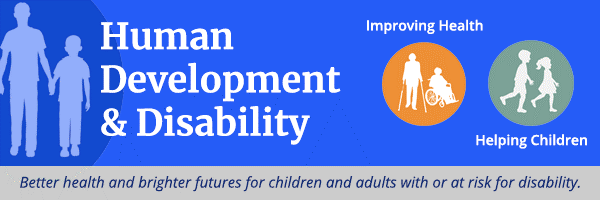
A Note from the DHDD Director:
Dear colleagues –
This month, I had the opportunity to record a podcast on the Importance of Flu Vaccine for Children. Please take a moment to view the podcast (also available in Spanish) and to also get your own flu shot if you haven’t already! This is a great way to protect you and your family from complications from flu which is especially important this year as we also continue to face COVID-19 infections.
This month, I also joined a fruitful discussion with HRSA’s Maternal and Child Health Bureau, Disability Research and Dissemination Center, National Council on Disability, Special Olympics, and the Administration for Community Living. We discussed the challenges that people with disabilities are having when trying to ensure access for their caregivers to join them for medical appointments and hospital visits in the time of COVID-19. We are collectively considering what we could do to help address this. I also met with the Society for Developmental Behavioral Pediatrics and the Infant and Toddler Coordinators Association to discuss current projects.
Finally, I participated in the first HHS Disability Collaborative Meeting. This is a newly formed HHS collaborative group that meets to discuss disability initiatives with cross-agency representatives. I am excited to continue to see how DHDD can contribute our expertise to the work of the collaborative.
Take care and stay well,
Georgina Peacock
In the Spotlight
Is Your Child Who is Deaf or Hard of Hearing Ready for Kindergarten?
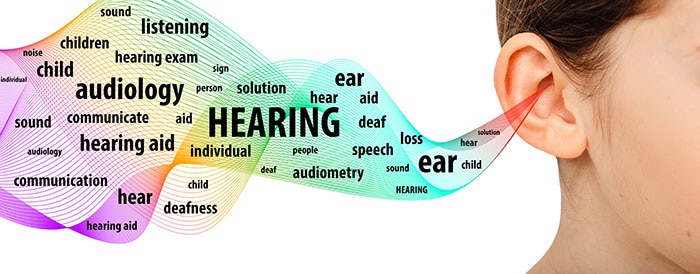
A studyexternal icon by the Ohio Departments of Health, Developmental Disabilities, and Education, with support from CDC, found that receiving early intervention services before 6 months of age can help children who are born deaf or hard of hearing (D/HH) get ready for kindergarten. The Joint Committee on Infant Hearingexternal icon recommends that all infants
- are screened for hearing loss before 1 month of age,
- have a full hearing test before 3 months of age if they don’t pass the hearing screening, and
- are enrolled in early intervention (EI) before 6 months of age if they are diagnosed with hearing loss.
When identified soon after birth, babies who are D/HH can begin intervention early and are more likely to achieve language, cognitive, and social development on par with typically developing peers.
Parents, healthcare providers, and public health professionals can work together to make sure that all babies who are born D/HH receive the services they need on time to develop the competencies and skills that every child needs to thrive during kindergarten and beyond.
Read the full scientific articleexternal icon or access the key findings for a summary of the article.
DHDD Strategic Plan
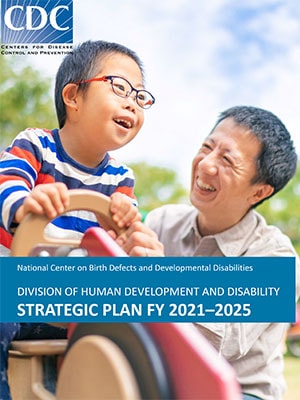
The Division of Human Development and Disability (DHDD) is excited to present our completed 2021–2025 Strategic Plan. We are looking forward to operationalizing the Plan and view it as a living document that will help guide the important work of DHDD during the next 5 years.
From October 2019 through August 2020, DHDD undertook a strategic planning process to define its priorities and scope of work for the next 5 years (FY2021–2025). This document details the DHDD Strategic Plan and includes a background summary on the focus areas of the organization, information about DHDD, and an outline of how the Plan was developed and will be managed.
School changes – Helping children with ADHD

Many children with attention-deficit/hyperactivity disorder (ADHD) struggle with school. Right now, children face a variety of changes in the way that they attend school. Some might be attending virtual classes; others might attend school in-person with many new rules. Caring for a child with special needs can mean extra challenges. Parents of children with ADHD may experience extra stress from supporting their child while coping with changes and may need additional help.
To help parents and students adapt to the changing environment, the National Resource Center on ADHD (NRC), a funded CDC partner, has worked to create resources and support external icon for parents. These resources include advice for parents and teachers on
- creating enough structure so that the child can learn new routines,
- keeping the child engaged with learning,
- managing difficulty with attention while coping with changes,
- setting up the home learning environment,
- helping children stay connected with other children, and
- keeping children healthy and active.
New Resources
New information from CDC on mitigating risk of COVID-19 during elections
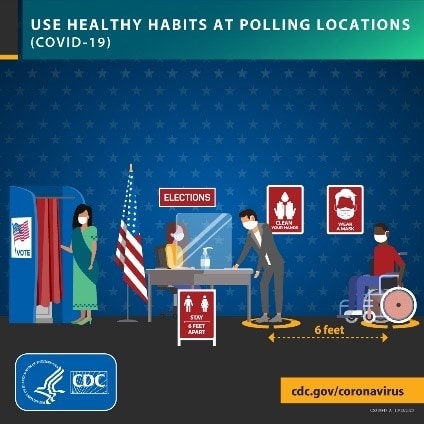
As states, territories, and local jurisdictions prepare election sites and train staff, they are also preparing to address challenges posed by the COVID-19 pandemic. This new information on CDC’s COVID-19 website may help
Jurisdictions can also help increase awareness about CDC’s guiding principles to reduce the risk of COVID-19 transmission at polling locations. To make it easy, CDC has put together a promotional toolkit with resources for download and use on your website, social media, and in other communications.
The Toolkit for Reducing the Spread of COVID-19 During Elections contains sample text for newsletters or emails, sample social media posts, social media graphics and more.
ASL videos – ADHD Awareness Month
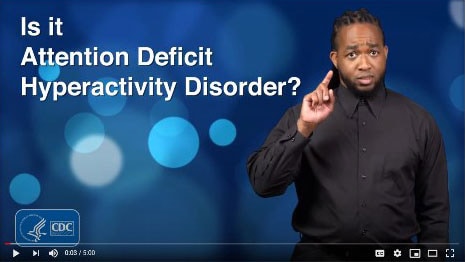
DHDD’s Child Development Studies team developed a video in commemoration of ADHD awareness month. The video describes symptoms of ADHD, how ADHD is diagnosed, treatment recommendations including behavior therapy, particularly training for parents, medication, and school support. Parents, doctors, and teachers can work together to help children with ADHD succeed.
Now Available in Spanish
2020 Community Report on Autism
The CDC’s 2020 Community Report on Autism that highlights the Autism and Developmental Disabilities Monitoring (ADDM) Network’s most recent findings on autism spectrum disorder (ASD) is now available in Spanish.
Informe Comunitario sobre el Autismo
Communicating with and About People with Disabilities
The recently updated CDC’s fact sheet on how to communicate with and about people with disabilities is now available in Spanish.
Cómo comunicarse con las personas con discapacidades y cómo referirse a ellas
Now Open for Applications: Study to Explore Early Development (CDC-RFA-DD-21-001)
On September 3, 2020, CDC published a new Notice of Funding Opportunity (NOFO), CDC-RFA-DD-21-001, Study to Explore Early Development (SEED) Follow-up Studies. CDC plans to fund up to 6 recipients to participate in epidemiological follow-up studies of children previously enrolled in SEED. This project will add knowledge about autism spectrum disorder (ASD), including risk factors for ASD and the expression of ASD, from childhood through early adulthood, and information that can be used to improve the health and functioning of individuals with ASD as they mature.
The application period closes November 10, 2020.
Find additional information on the SEED funding opportunity.
Publications
New data on children’s mental health treatment
The National Center for Health Statistics released new data on mental health treatment among children aged 5–17 years in the United States, 2019. Key findings were
- Older children were more likely than younger children to have received any mental health treatment.
- Boys were more likely than girls to have received any mental health treatment.
- The percentage of children who had received any mental health treatment was highest among non-Hispanic white children.
- As the level of urbanization decreased, the percentage of children who received any mental health treatment increased. The differences among levels of urbanization were significant for medication treatment, but not for counseling or therapy from a mental health professional.
Understanding Autism Spectrum Disorder
A recent publication in the American Journal of Nursing provides a comprehensive overview of autism spectrum disorder, including epidemiology, risk factors, common co-occurring conditions, evaluation, diagnosis, treatments, and outcomes.
Spending on Young Children with Autism Spectrum Disorder in Employer-Sponsored Plans, 2011–2017
Rapid increases in the prevalence of autism spectrum disorder (ASD) and increased access to intensive behavioral interventions have likely increased health care spending. This study estimated recent changes in spending among privately insured children with and without current ASD. An analysis of 2011–2017 claims data from large-employer–sponsored health plans assessed changes in annual expenditures by service type for children ages 3–7 enrolled for ≥1 year and with two or more claims with ASD billing codes within a calendar year and for all other children.
DHDD’S mission is to lead inclusive programs to optimize the health and development of children and adults with, or at risk for, disabilities.
